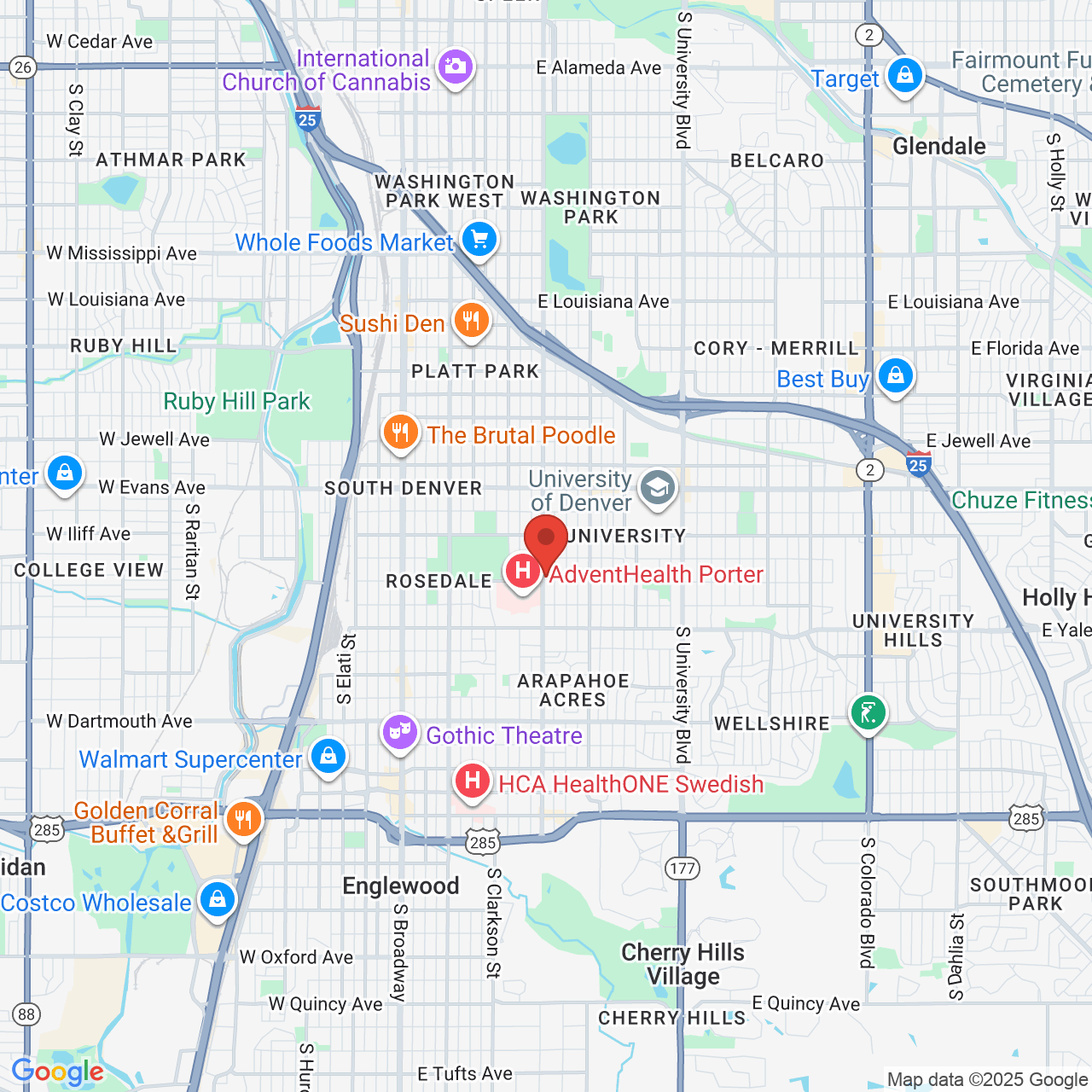Alleviate Discomfort & Restore Clear Vision With Pterygium Surgery
Pterygium (pronounced "tur-RIDGE-ium") is an abnormal superficial growth of the conjunctiva of the eye that extends from the corner of the eye and grows onto the cornea. As a pterygium grows, it may become red and irritated. Eventually, it may cause visual problems by disrupting the normally smooth surface of the cornea. In severe cases, a pterygium can block a patient’s vision altogether. Because pterygium varies in appearance it may be yellow, gray, white, pink, red, or even colorless. It may even have blood vessels. If you think you might be experiencing the growth of such tissue please be sure to contact our practice for an immediate exam. If you are seeking a surgeon for removal of pterygium call us. Most patients with a pterygium contact ophthalmologists either due to concern regarding the appearance of the lesion or because the lesion is irritating the eye or it is adversely affecting vision.
If the pterygium grows over the cornea (outer surface), your eye may be in serious harm. Surgical removal will be required. After removing the pterygium, the newest technique utilizes a special “glue” to secure the skin graft in seconds so that no stitches are used. The adhesive dissolves in approximately one week, leaving no residue and no discomfort from stitches. Just as important, this new procedure greatly reduces the chance for reoccurrence and repeat surgeries.
Pterygium Symptoms
It is possible that a patient with Pterygium has no symptoms, but this is rare. Symptoms are usually first noticed on the conjunctiva, and then is noted to gradually grow onto the cornea of the eye. Most patients have a variety of symptoms including redness, swelling, itching, irritation, and maybe even blurred vision depending on the severity. When this growth extends onto the cornea it is called a pterygium. If left alone, some pterygia will eventually grow to obscure the optical center of the cornea, thereby obstructing vision.
Prevention Methods
There is nothing that has been clearly shown to prevent a pterygium. Because exposure to UV radiation is a major cause of this disease protecting your eyes from exposure to the sun is critical. When doing outdoor activities it is advised to wear UV Coated sunglasses and maybe wear a hat. Of course, these types of precautions are more important if you live in tropical areas or are frequently in the sun. UV damage can be severe and we advise against unnecessary exposure to UV radiation.
Pterygium Surgery
No-stitch pterygium surgery is possible by use of modern tissue adhesive. Often composed of clotting proteins from human blood the tissue adhesive allows the surgeon to secure an autograft in a short amount of time. Once the abnormal tissue is removed a thin graft of normal tissue is used to replace the damaged area.
For more information about pterygium treatment, get in touch with the team at our ophthalmology office in Denver, CO, today.


